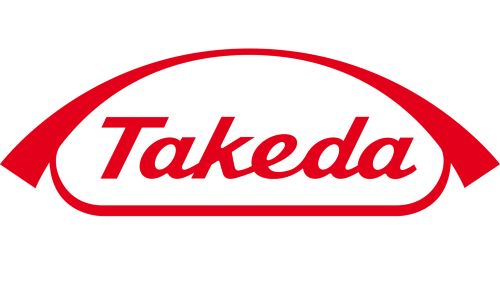Takeda Announces Phase 3 Topline Results for Soticlestat

Takeda (TSE:4502/NYSE:TAK) today announced topline data from its SKYLINE and SKYWAY studies.
SKYLINE (TAK-935-3001) was a multicenter, randomized, double-blind Phase 3 study that evaluated soticlestat (TAK-935) plus standard of care versus placebo plus standard of care in patients with refractory Dravet syndrome (DS).1 Soticlestat narrowly missed the primary endpoint of reduction from baseline in convulsive seizure frequency as compared to placebo (p-value = 0.06). Among the six key secondary endpoints, soticlestat showed clinically meaningful and nominally significant results in the responder rate, measures of caregiver and clinician global impression of improvement, and seizure intensity and duration scales over the 16-week treatment period (all p-values ≤ 0.008).
SKYWAY (TAK-935-3002) was a multicenter, randomized, double-blind Phase 3 study that evaluated soticlestat plus standard of care versus placebo plus standard of care in patients with refractory Lennox-Gastaut syndrome (LGS).2 Soticlestat missed the novel primary endpoint of reduction from baseline in Major Motor Drop (MMD) seizure frequency as compared to placebo.
In SKYLINE and SKYWAY, some pre-specified subgroups of patients also showed nominally significant treatment effects on the primary and secondary efficacy endpoints of caregiver and clinician global impression of improvement, and seizure intensity and duration scales over the 16-week treatment period. Further analyses are being conducted.
Soticlestat was generally well tolerated in both SKYLINE and SKYWAY studies and demonstrated a safety profile consistent with the findings of previous studies.
“We are grateful to all the participants and their families, as well as investigators and clinical staff for their participation in these important studies,” said Sarah Sheikh, M.Sc., B.M., B.Ch., MRCP, Head, Neuroscience Therapeutic Area Unit and Head, Global Development at Takeda. “Even with currently available therapies, we know that many patients with developmental encephalopathies like DS and LGS still experience persistent unmet need across multiple dimensions, such as seizure burden and treatment tolerability. While we would have wished for more declarative results on the primary endpoints, we are encouraged by positive outcomes seen in the totality of the data and are looking forward to engaging health authorities to determine the best path forward.”
In the Phase 2 study, ELEKTRA, soticlestat demonstrated a statistically significant reduction of seizures from baseline compared to placebo (p-value = 0.002) in the combined DS and LGS study population during the full treatment period.3 In the DS cohort, statistically significant reduction in convulsive seizure frequency from baseline compared to placebo (p-value = 0.0007) was also achieved.3 In a pooled analysis of SKYLINE and the DS cohort of the Phase 2 ELEKTRA study, soticlestat also showed a reduction from baseline in convulsive seizure frequency compared to placebo (p-value = 0.001).
Takeda will engage with regulatory authorities to discuss the totality of the data generated by these studies to determine next steps. Takeda will also plan to present results of both Phase 3 studies at an upcoming scientific congress.
Takeda is continuing to assess the financial impacts of the study results, including impairment loss for intangible assets, on the first quarter ending June 30, 2024 and will communicate as necessary in due course.













